We’ve got Soul Food fever and here’s why!
by Jackie Orihill
Easter Seals has partnered with a very cool t-shirt company named Soul Food Mafia, and they are about a whole lot more than just t-shirts. Our guest blogger today is the founder of Soul food Mafia, Heidi Davis, and she answers some questions for us.
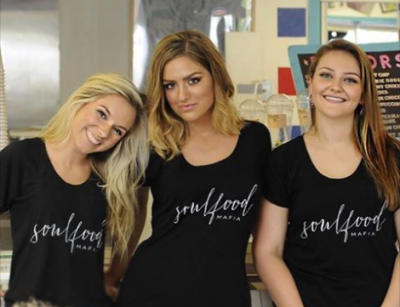 What’s Soul Food Mafia all about? It’s not about me, my team, or even a t-shirt really. We always say this is a universal calling. It’s our job to inspire a generation to do more and be more. Our karmic calling, so to speak. We just happen to do it through the creation of a really awesome T-shirt collection.
What’s Soul Food Mafia all about? It’s not about me, my team, or even a t-shirt really. We always say this is a universal calling. It’s our job to inspire a generation to do more and be more. Our karmic calling, so to speak. We just happen to do it through the creation of a really awesome T-shirt collection.
What inspired it? My 15 year-old daughter. I saw this generation of millennials that everyone says is too self-absorbed to care about philanthropy. I don’t believe that. I believe they want, no need, a movement. A reason bigger than themselves. We need to take them from selfie to selfless. Social media has taken over the world. That is where we have to go to inspire them. We inspire with badass t-shirts that are Instagram worthy.
Why is the number 8 special to you, and where can we spot it? Everywhere. On the website, our launch date, the number of philanthropic partners we have. Eight is the universal sign of karma. I am a firm believer in karma. (Laughing) Some days karma is all a girl has to hold on to. Hey, I might have to put that on a t-shirt.
What’s your connection to Easter Seals? Easter Seals and its efforts have touched my family in a multitude of ways. My Uncle Paul has MS and has been in a wheelchair since he was about 18 years old. He is fiercely independent and insists on doing just about everything himself. That would not be possible without organizations like Easter Seals. Your advocacy allows him to have the advantages that most of us don’t have to think about. (smiling) He’s a really cool dude.
What’s your advice for taking your passion and doing good with it? You first have to know what your passion platform is. Is it children with disabilities? Animal Protection? Human Rights? Pick one, pick two, heck, pick 8, but pick something. Even the smallest effort counts. One sandwich feeds a hungry person. So many people don’t get involved because they think what they have to offer isn’t enough. Every single thing you do for good counts. It counts.
How can the Easter Seals audience get involved? Visit our website. Soul Food Mafia has eight t-shirt designs that I created. They are really cool, and they are all manufactured in a sweatshop free, child labor free facilities. Pick your favorite. At the point of checkout click on Easter Seals as your philanthropic platform of choice. This ensures your donation goes directly back to Easter Seals. Join the movement.
Why is giving back important to you? My father is one of my favorite humans on the planet. He taught me that you should always give more than you take and that there are no limits on love. I try to teach those same lessons to my children. It’s all about Karma. They say what we put out into the world comes back to us three fold. I’m pretty sure it comes back eight.
Check out the Soul Food Mafia Lookbook video.
To purchase a Soul Food Mafia T-shirt and support Easter Seals, visit www.soulfoodmafia.com







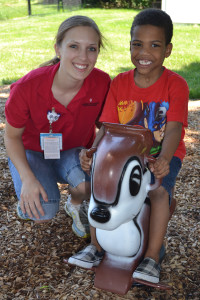
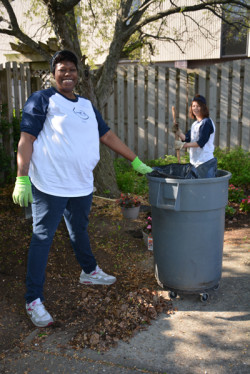

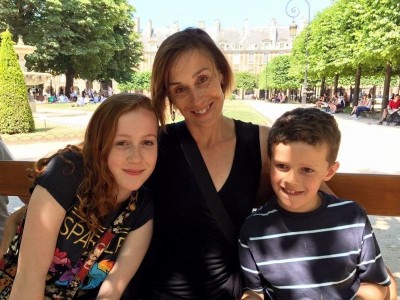


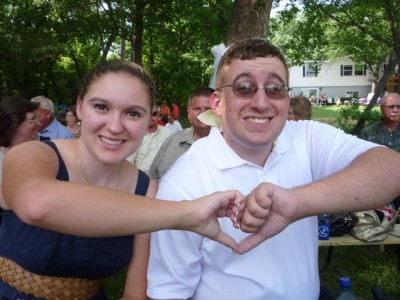
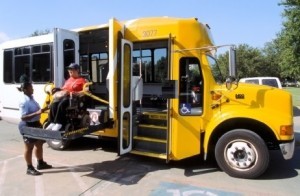
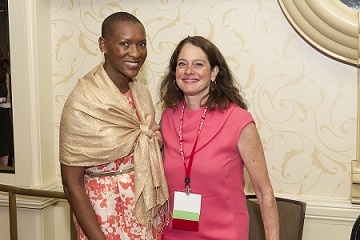
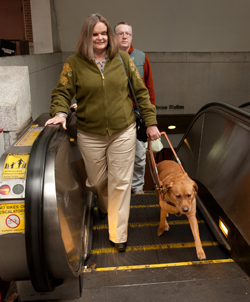 So what does 25 years of having a law to protect my civil rights mean to me? What changes have I noticed? What else needs doing?
So what does 25 years of having a law to protect my civil rights mean to me? What changes have I noticed? What else needs doing?